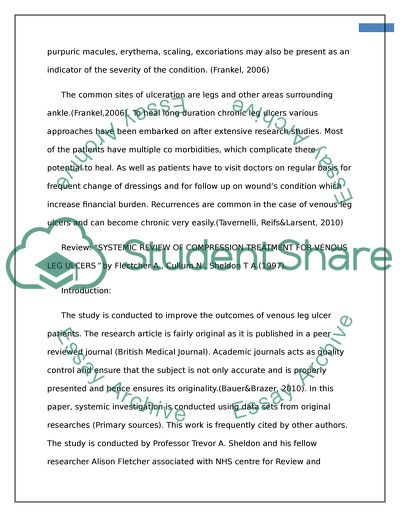Cite this document
(“Compression Bandaging in Treatment of Venous Leg Ulcer Essay”, n.d.)
Retrieved from https://studentshare.org/nursing/1394304-compression-bandaging-in-treatment-of-venous-leg-ulcer
Retrieved from https://studentshare.org/nursing/1394304-compression-bandaging-in-treatment-of-venous-leg-ulcer
(Compression Bandaging in Treatment of Venous Leg Ulcer Essay)
https://studentshare.org/nursing/1394304-compression-bandaging-in-treatment-of-venous-leg-ulcer.
https://studentshare.org/nursing/1394304-compression-bandaging-in-treatment-of-venous-leg-ulcer.
“Compression Bandaging in Treatment of Venous Leg Ulcer Essay”, n.d. https://studentshare.org/nursing/1394304-compression-bandaging-in-treatment-of-venous-leg-ulcer.


